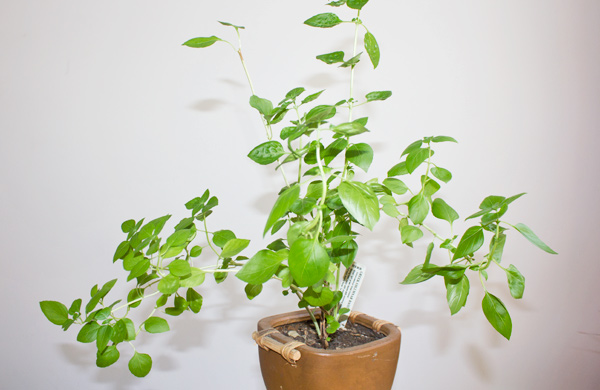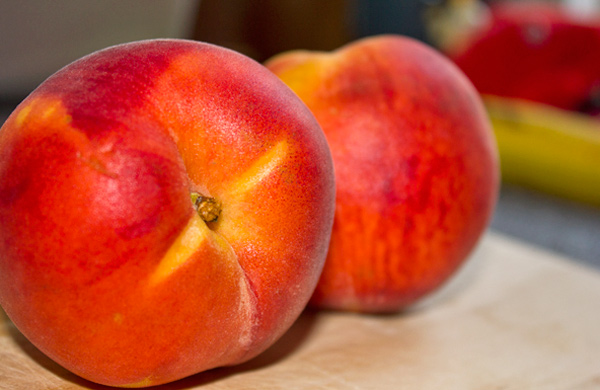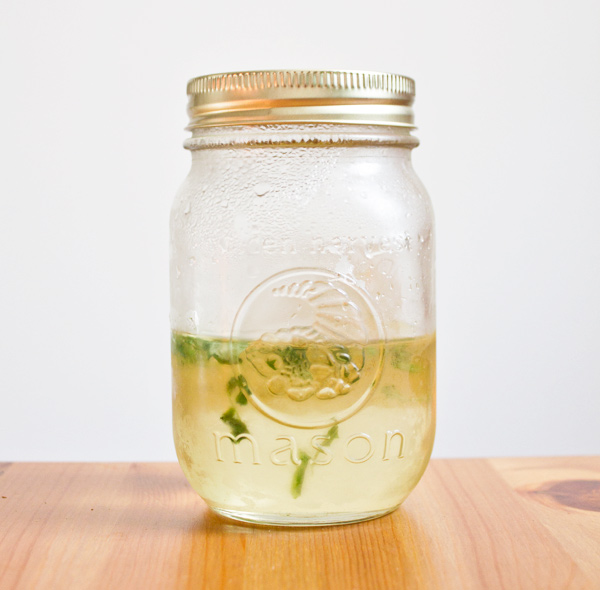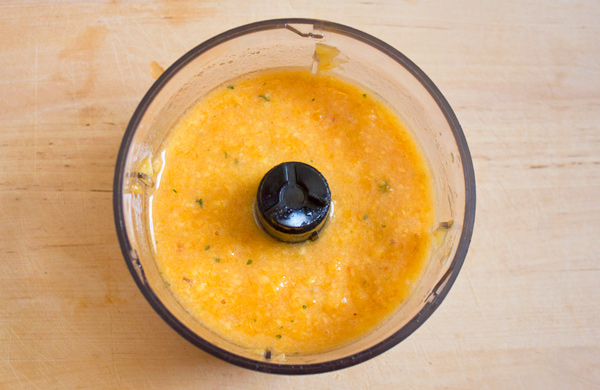GROUPON GUIDE TO CHICAGO
Herbs & I: Cooking with Greek Columnar Basil
BY: Nathalie Lagerfeld |Aug 13, 2013
BY:
Deals in Chicago

Trending
Dental checkup with cleaning, X-ray and whitening options
2381 N Hicks Road, Palatine • 28.6 mi
85% discount_off
$29.25 with_code GROUPON
Dental Logic

Chiropractic and massage sessions with optional exams and X-rays
740 East Schaumburg Road, Schaumburg • 24.5 mi
51% discount_off
$29.25 with_code GROUPON
Back in Line Chiropractic

Trending
Effective Tattoo Removal with Skilled Technicians in Chicagoland
231 North Northwest Highway, Park Ridge • 14.8 mi
62% discount_off
$35.62 with_code GROUPON
Ariava Brows And Beauty
Deals in Chicago Other Deals in Chicago

Trending
Online Medical Marijuana Consultation for New or Renewing Patients
82% discount_off
$20.32 with_code GROUPON
Releaf Clinics Medical Marijuana Doctors

Explore Yoga Classes in a Heated Studio for Flexibility and Clarity
2645 Main Street, Highland • 24.5 mi
64% discount_off
$33.75 with_code GROUPON
PurePower Hot Yoga

$25 For 1-Hour Of Full Swing Golf Or Multisport Simulation (Reg. $50)
9418 West 191st Street, Mokena • 23.5 mi
50% discount_off
19th Hole
 It was time for me to talk to a professional.
It was time for me to talk to a professional.






 Photo: © Nathalie Lagerfeld, Groupon
Photo: © Nathalie Lagerfeld, Groupon
